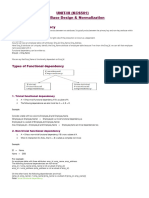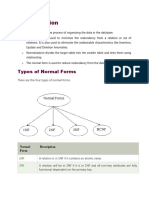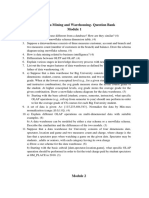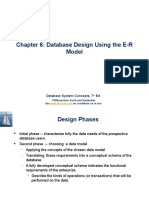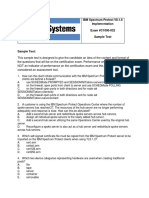0% found this document useful (0 votes)
19 views9 pagesNormalization
The document discusses normalization in database management, emphasizing its importance in reducing data redundancy and eliminating anomalies such as insertion, deletion, and update anomalies. It outlines various normal forms (1NF, 2NF, 3NF, BCNF, 4NF) and their requirements for organizing data effectively. Additionally, it highlights the advantages and disadvantages of normalization, providing examples of how to transform an unnormalized table into normalized forms.
Uploaded by
Syeda Rutab AzizCopyright
© © All Rights Reserved
We take content rights seriously. If you suspect this is your content, claim it here.
Available Formats
Download as PDF, TXT or read online on Scribd
0% found this document useful (0 votes)
19 views9 pagesNormalization
The document discusses normalization in database management, emphasizing its importance in reducing data redundancy and eliminating anomalies such as insertion, deletion, and update anomalies. It outlines various normal forms (1NF, 2NF, 3NF, BCNF, 4NF) and their requirements for organizing data effectively. Additionally, it highlights the advantages and disadvantages of normalization, providing examples of how to transform an unnormalized table into normalized forms.
Uploaded by
Syeda Rutab AzizCopyright
© © All Rights Reserved
We take content rights seriously. If you suspect this is your content, claim it here.
Available Formats
Download as PDF, TXT or read online on Scribd
/ 9


























